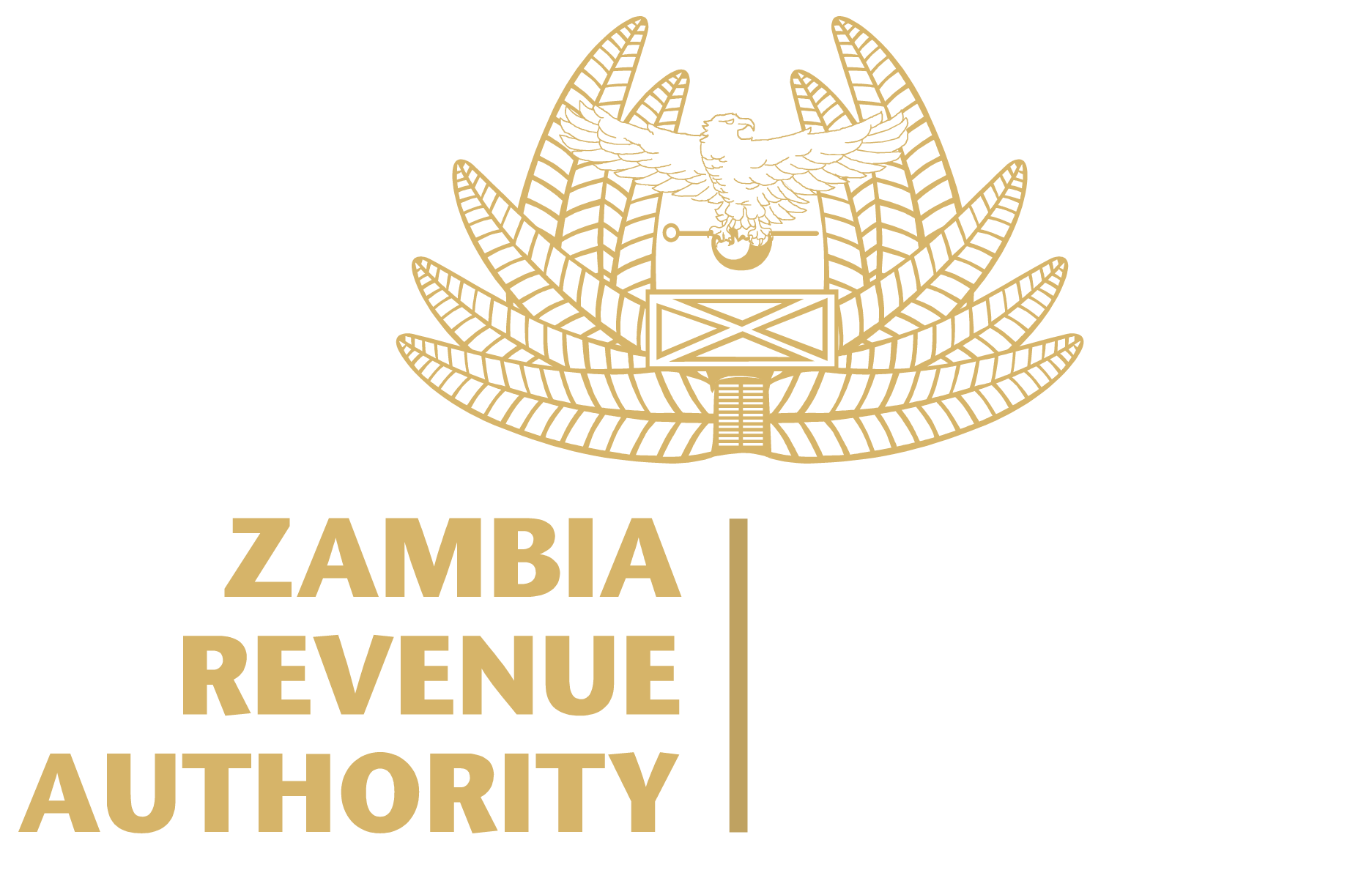The Republic of Zambia ratified the World Trade Organisation Trade Facilitation Agreement (WTO TFA) on 16th December 2015. Later the Agreement entered into force on 22nd February 2017.
Zambia Revenue Authority has been participating in the implementation of a number of Articles of the Agreement by putting in place trade facilitation tools. Below are some of the tools:
1. Customs Accredited Clients Programme
The Customs Accredited Clients Programme (CACP) was established by the Zambia Revenue Authority (ZRA in 2007, based on the World Customs Organization (WCO) Framework of Standards (FoS) on Authorized Economic Operator (AEO) programme.
The aim of this programme is to secure and facilitate global trade that would assist customs in exercising effective controls on imports and exports with minimum interventions at the border.
To be eligible an importer or exporter must:
- have an excellent compliance record with customs requirements in particular and other regulatory requirements in general; and
- have robust business systems and adequate controls
Requirements for joining CACP
Importers and exporters should complete the application form for CACP and the self- assessment checklist and send to the office of the Assistant Commissioner – Audit and Business Risk (ABR) or the nearest customs office or client service centre.
The accreditation process involves the following:
- Validation of the checklist through the due diligence audits;
- A recommendation will be made to the Customs Risk Management Committee (CRMC) for approval for qualifying applicants;
- For unsuccessful applicants improvement plans may be considered to assist the applicants in improving their compliance to regulatory requirements through the improvement of systems and internal controls;
- For successful applicants a full or probationary accreditation to the programme is made accompanied by an agreement in the form of a Memorandum of Understanding (MOU) and an improvement plan where necessary.
Benefits of being a CACP member
Benefits are aimed at reducing customs clearance time and thereby reducing the cost of doing business. Accredited members expect to access:
- Release of shipment with minimum scrutiny;
- Preferential treatment and clearance at the border;
- Differentiated graphic presentation/identifier of customs declaration document;
- Destination Inspections, at Inland Customs Office or at the Accredited Clients premises;
- Less customs audits as reliance is placed on:
- the clients systems and internal controls; and
- Client Relationship Managers and Focal Contact Persons at the border thus improving Customs services and accredited relations.
2. Post Clearance Audit
The Post Clearance Audit (PCA) process can be defined as the structured examination of a business’ relevant commercial systems, sales contract, financial and non-financial records, physical stock and other assets as a means to measure and improve compliance with the Customs administered legislation or regulations.
Objectives of PCA
The PCAs help facilitate legitimate trade, and encourage voluntary compliance through placing reliance on the effectiveness of the clients’ systems and internal controls that assure adherence to Customs requirements.
Through PCAs, Customs is able:
- To recommend improvements to client’s internal controls to assure future compliance
- with Customs and other regulatory requirements
- To establish whether all elements of the Customs valuation, quantities, classification, origin and exemptions have been appropriately declared.
- To establish whether the client has a valid Bonded Warehouse license, bond and consumption was properly processed
- To ensure that import/export prohibitions and restrictions are observed
- To ensure that retention of supporting documentation is complied with in accordance with Section 188 of the Customs and Excise Act CAP 322.
Types of audits
There are mainly three types of audits:
Comprehensive audits: These are audits wide in scope covering, among others, checks on valuation, quantity, classification, origin, exemption claims and temporary admission as may be applicable for a particular client. This approach looks at the entire business control environment and takes place at the premises of the auditee.
Focused audits: also referred to as Limited Scope Audits have a limited scope and will focus on a particular area of Customs e.g. valuation. It is a commonly used approach as it takes a shorter time. Further, this type of audit may lead to a Comprehensive Audit. Tests on related systems and controls may also be carried out.
Due Diligence audit: This is a system-based audit that focuses on establishing the existence and effectiveness of a client’s systems and controls for ensuring compliance with Customs requirements. This is done for clients that have applied for admission to the Customs Accredited Clients Program. This audit is the basis on which a client is considered for admission to the program.
Obligations of Auditees
- To maintain specified documentation, information and records;
- To provide documents and information as requested by auditors in a timely manner;
- To understand the criteria, objective and scope of the audit;
- To cooperate with the auditors;
- To comply with the legal requirements and the provision of the law; and
- To exercise the right of appeal if aggrieved with the audit findings.
- Rights of Audit Clients
- Right to confidentiality;
- Right to fair and equitable treatment; and
- Right to administrative review and appeal process.
- Benefits of pca
PCA gives the importer/exporter feedback on their business processes/ systems concerning Customs requirements.
Other benefits
- minimal interventions at the border for compliant clients;
- facilitates for client education and coaching through continuous consultation with Customs Services creating a long term and comprehensive compliance management focus;
- enhanced internal control systems to meet Customs requirements;
- Provides for regular update on legislative changes;
- Provides a platform for evaluating continued entitlement to a compliance program or Authorized Economic Operator status, where applicable.
Note:
PCA may result in demand for back taxes, penalties and recommendations for adjustment in the client’s internal control systems to assure future compliance.
3. Pre-Registration of Imports
- Pre-registration is the lodgment of documents with Customs prior to importation of the subject goods. The customs interventions which require the presence of the actual goods are carried out when the goods arrive at the border.
- Pre-registration is mandatory, and if not done, a penalty is charged
- On the other hand, Pre – clearance is the facility that allows importers to lodge their documents with Customs and then proceeds to assess the declaration and release the documents before the goods actually arrive at the border.
- Pre-registration and pre-clearance are provided for by Section 32B of the Customs and Excise Act.
Requirements for Pre-registration
- Declare goods before they arrive at the border
- Ensure that the goods match the declaration
- Ensure that you attach the following documents: invoices, airway bills, cargo/road manifests, permits for controlled or restricted goods etc.
- Original documents should be submitted to enforcement at the time the goods arrive
Note:
- Where there are differences between the declaration and the actual goods that arrive, the importer or Customs may request for an amendment. False declarations may lead to seizure
- Where Customs deems necessary, goods may be subject to a physical inspection
Benefits of Pre-clearance
- Shorter clearance time of goods by Customs
- Reduced dwell time at the borders
- Eliminate congestion at the borders
- Reduced cost of doing business
4. Integrated Border Declaration Form
F The clearance of motor vehicles for persons either visiting or transiting through Zambia is done electronically using using the Integrated Border Declaration Form (IBDF)
Features of the Form
The Customs Integrated Border Declaration Form (IBDF) (Form CE 5A) has the following features:
- it is used for entry of motor vehicles temporarily imported into Zambia by visitors and tourists for their own use;
- it is used for entry of a personal motor vehicles transiting through Zambia;
- it is used for the importation of visitors/ travellers’ accompanied baggage on the motor vehicle referred to in (i) and (ii) above ;
- it can be used for the declaration of currency in excess of USD 5,000 equivalent;
Benefits of the Integrated Border Declaration Form
The integrated border declaration form has the following benefits:
- Streamlined motor vehicle clearance process for visitors, tourists and travellers transiting through Zambia
- Goods for visitors, tourists and travellers on personal motor vehicles are cleared together with the vehicle thereby reducing border dwell time
- Single collection of border fees due to other border agencies which leads to reduced waiting time

